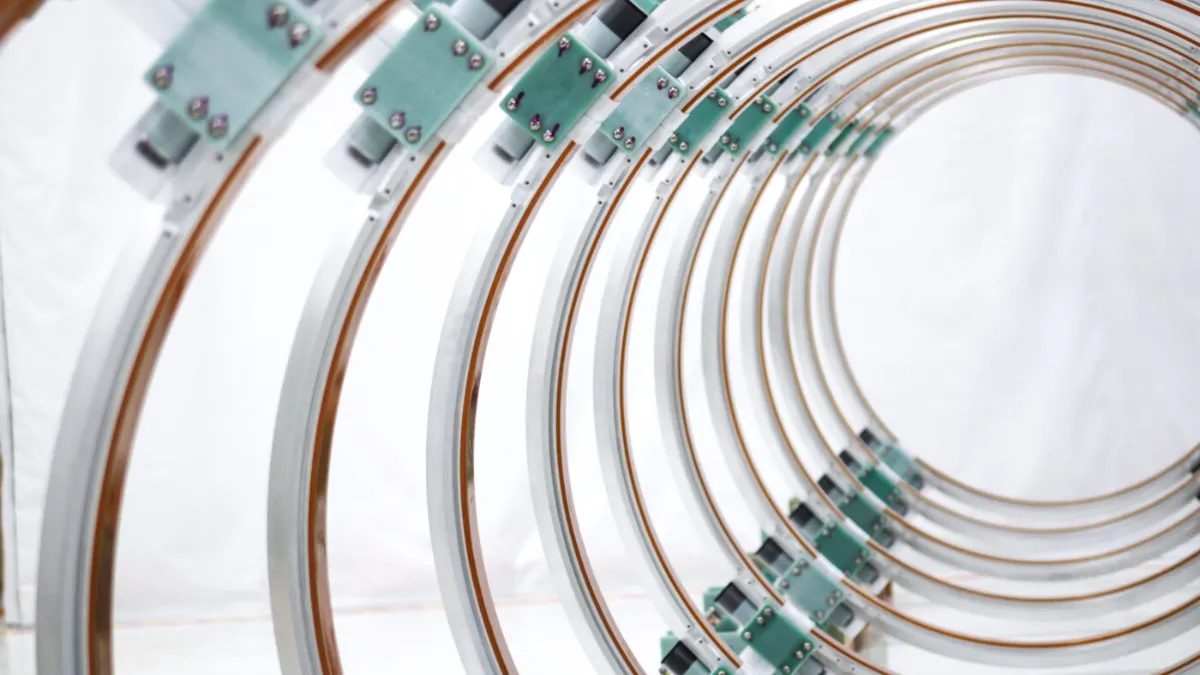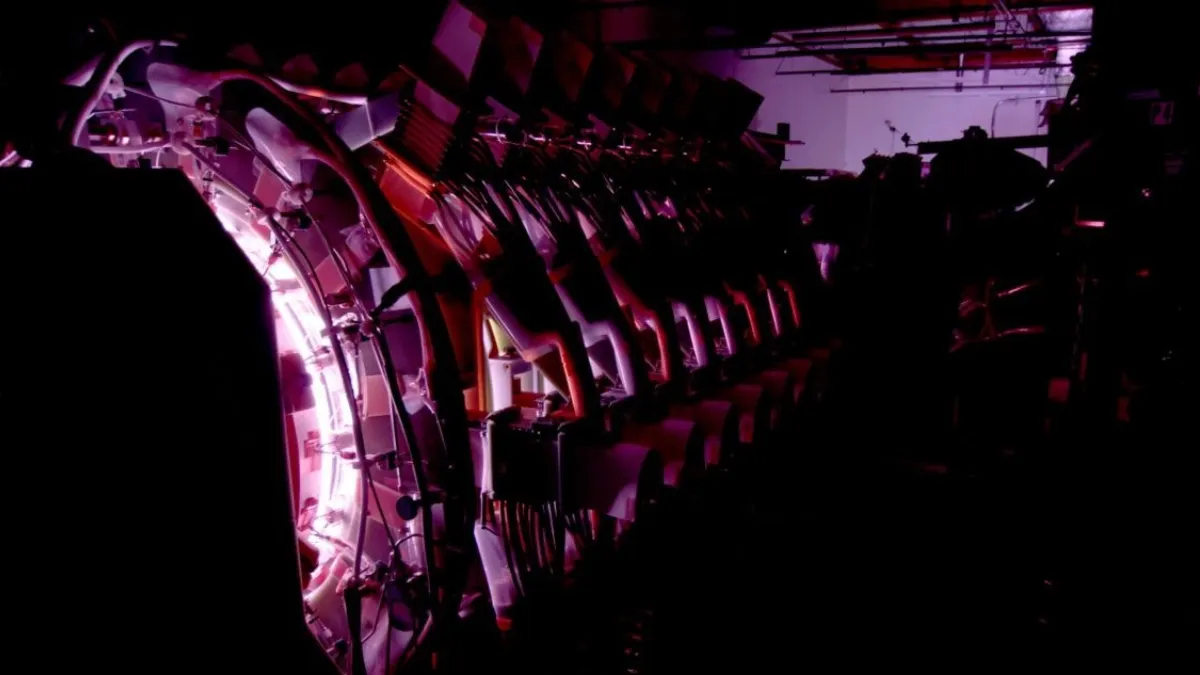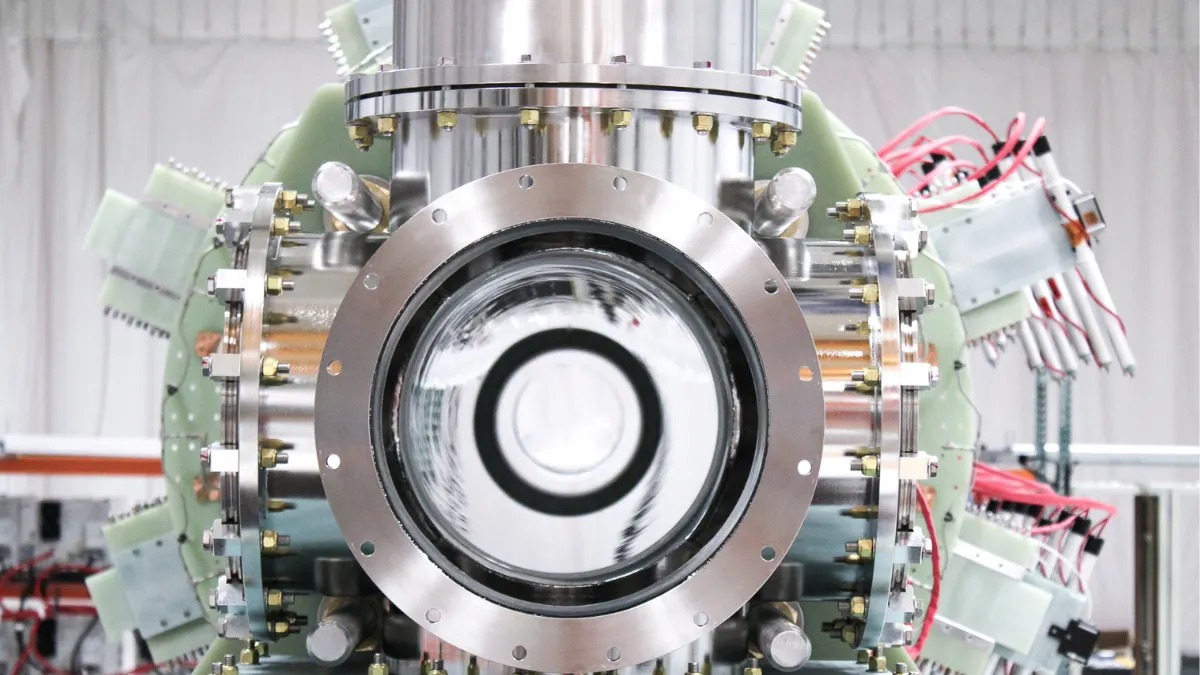Helion announces world’s first fusion energy purchase agreement with Microsoft
By Dr Melanie Windridge
On 10th May 2023, Reuters announced that US private fusion company Helion Energy will provide Microsoft with electricity in about five years.
So, what have they achieved and how significant is it?

© Helion Energy Website
What have they done?
Microsoft and Helion Energy have signed a deal that would make Microsoft the first fusion energy customer. Microsoft has agreed to purchase electricity from Helion’s first fusion power plant, scheduled for deployment in 2028.
Helion's plant will target power generation of 50 megawatts or greater after a one-year ramp-up period. One megawatt can supply up to about 1,000 U.S. homes on a typical day.
The companies did not disclose financial or timing details of the power purchase agreement.
Why is this result impressive?
This is the first such deal for fusion energy and could indicate that trust in the industry is building.
Andrew Holland, CEO of the Fusion Industry Association, was quoted in Reuters as saying: "The business world is starting to understand that fusion is coming and perhaps sooner than a lot of people thought. "It's a vote of confidence that Helion is on its way, as are other companies building their proof-of-concept machines now."
But the announcement comes as quite a surprise, particularly since the 2028 date is significantly sooner than typical projections for deployment of commercial fusion power.
Fusion is hard. Fusing deuterium and helium-3 (the fuel of choice for Helion) is harder than fusing deuterium and tritium. But even beyond the science, there will be issues to contend with such as regulatory approval (though progress is being made on establishing regulatory frameworks), supply chain expansion and recruiting the right people with the required skills.
Anne White, MIT School of Engineering distinguished professor, said in The Verge: “This is an exciting announcement and many in the community will be keen to see the technical details. Forthcoming publications and results will help clarify the approach and understand the timeline.”
Helion Energy is linked to Microsoft through Sam Altman, the CEO of OpenAI and one of Helion’s biggest backers. Helion has so far raised more than $570 million in private capital, with Sam Altman providing $375 million in 2021. OpenAI has a multi-billion dollar development partnership with Microsoft.
“This collaboration represents a significant milestone for Helion and the fusion industry as a whole,” said David Kirtley, CEO at Helion. “We are grateful for the support of a visionary company like Microsoft. We still have a lot of work to do, but we are confident in our ability to deliver the world’s first fusion power facility.”
Sam Altman said in a blog back in July 2022, “Helion has been progressing even faster than I expected and is on pace in 2024 to 1) demonstrate Q > 1 fusion and 2) resolve all questions needed to design a mass-producible fusion generator.”

©Helion Energy
Why is it important?
Achieving fusion on a meaningful timescale to contribute to climate targets would be hugely impactful. Fusion will be a transformative energy source for humankind and offers us our best hope for a long-term sustainable energy future. But global deployment takes time, and the sooner we can do it, the better.
Having a guaranteed customer via a purchase agreement could reduce the development risk and support the growth of this new clean energy source for the world.
Brad Smith, vice chair and president at Microsoft Corp, said that Helion's work "supports our own long-term clean energy goals and will advance the market to establish a new, efficient method for bringing more clean energy to the grid, faster."
The agreement also increases the visibility of fusion and could show that trust is building in the industry. The worry is that if the timescales are not met that that trust could be eroded.
I personally think it’s exciting that Helion has an agreement with Microsoft to deliver fusion electricity. I hope they can do it. It’s difficult to judge the timeline with few technical results being available, and we can’t assess the exact nature of the agreement with no details provided, so we really have to wait and see. But I believe that greater awareness of fusion in the general public is a good thing, which this agreement with Microsoft delivers, and that ambitious goals (backed by serious technical results and planning) and consistent funding are also important for fusion.
I wish Helion the best of luck in achieving their goals but will not be surprised if 2028 is too early for fusion electricity. It’s a huge challenge.

©Helion Energy
What’s next?
Polaris, Helion's seventh-generation machine, should come online next year and demonstrate electricity generation, using pulsed high-power magnet technologies to achieve fusion,
"Fifty megawatts is a big first step of commercial-scale fusion, and the revenue feeds right back into us developing more power plants and getting fusion out on the grid both in the United States and internationally as fast as possible," David Kirtley, Washington state-based Helion's founder and CEO, said in an interview.
If Helion can do it, it will be a cause for great celebration.
